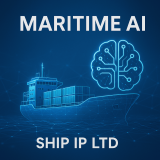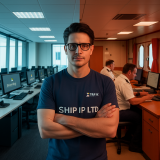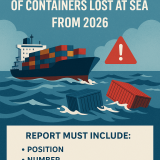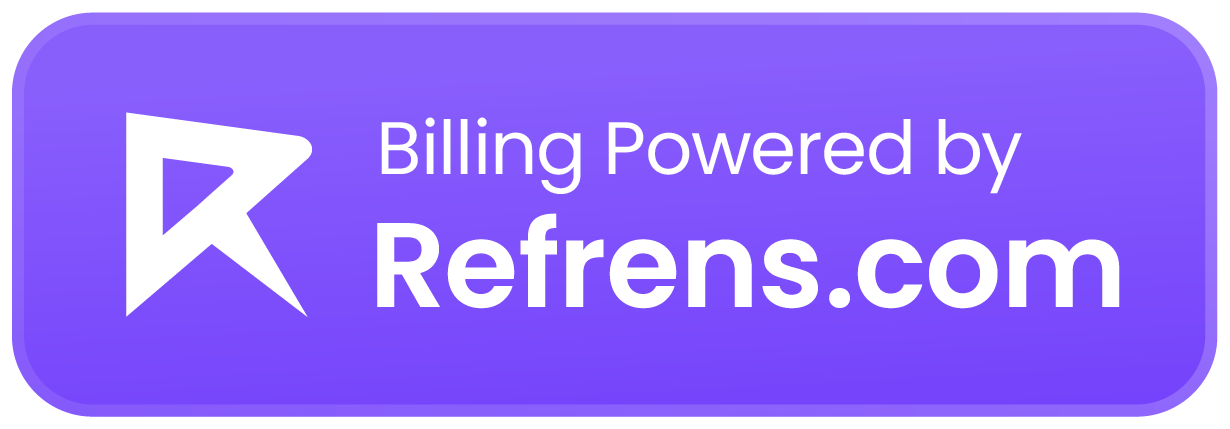maritime coronavirus
Source: Wall Street Journal
Only a few months ago, we were reflecting on the many ways in which the blue economy could contribute to the European Green Deal.
For example, we were envisaging that, for decarbonisation and clean energy, we would produce a long-term strategy on the sustainable management of maritime resources and space.
For sustainable food systems, we were planning new strategic guidelines for sustainable aquaculture, a strategy on algae and new marketing standards for fish. We were articulating precise ideas on what to do on circularity, pollution and research.
We were, of course, ready to reshape the next financial exercise accordingly and let our blue economy take a sprint towards a more sustainable future. All of this still holds true, but now of course we have to deal with a fresh layer of complexity.
In the early stages of the COVID-19 crisis, we managed to put forward immediate measures for the fisheries and aquaculture sectors – something I’m rather proud of; that is now in the hands of national governments.
However, most of the other blue economy sectors – transport, ports, tourism to name but a few – are being hit hard by the mandatory lockdown.
To reopen, they will instantly have to adapt to new regulations imposing physical distancing, protection devices and more. All of that while trying to recover from huge financial losses.
I feel they too will need our help. As I write, my services are collecting intelligence on the true impact of the crisis, sector by sector, so that we can devise appropriate measures.
But could the ‘new normal’ not be more than just face masks and distance? Rather than resurrecting an old, malfunctioning economic model, could we not give birth to a new, more sustainable way?
We need to transition to a low-carbon maritime economy by 2050 in any case. We are talking biofuel and liquefied natural gas for shipping, electrification and new manufacturing capacities for port infrastructure, extremely high-tech offshore renewable energies, mixes of ecosystem-based, hybrid, and traditional engineering solutions for coastal protection… I could go on.
As you might recall, in the past the Commission has had the foresight of advocating an integrated maritime policy-– in 2007 and 2012 – and promoting a sustainable Blue Economy – in 2012 and 2017.
At this crucial juncture, it may be time for another leap: to that of a sustainable blue recovery. A sustainable blue recovery would be based on the responsible use of natural resources, on circular economy concepts and on social inclusion.
It would reconcile economic recovery with social and environmental recovery. Above all, it would secure jobs.
If it’s true that the blue economy’s context today is permeated by dynamic, innovative industries which, in both traditional and emerging sectors, offer high revenues and high-quality jobs to a variety of professionals, then we can safely say that a sustainable blue economy would be even more of a driver for jobs and social inclusion in coastal areas.
From sustainable fisheries down to wind energy, we have some excellent examples of areas where investing in sustainability has paid dividends. We need to extend the concept and ensure that we only finance sustainable undertakings.
“The more I think about it, the more convinced I am that a blue economy, based on a truly sustainable recovery, would bring profits and jobs”
Such a major shift will need to be coordinated at EU level; economic activities happen across borders and sustainability challenges are common to all. Offshore renewable energy, for example, could be a key source of power for the continent, but its upscaling requires considerable strategic planning and renewed management of the marine space.
Or think of innovation – many SMEs and start-ups develop innovative technologies and services, but need our financial assistance to achieve market entry. And most importantly, for tourism to follow a real path to sustainability we will need European interventions of unprecedented size and scale.
The more I think about it, the more convinced I am that a blue economy, based on a truly sustainable recovery, would bring profits and jobs.
It may even attract new sectors with high economic potential (making the blue economy resilient to climate change may, for example, well become a sector in its own right, and generate new economic opportunities and jobs).
Such an economy would also confirm the EU’s role as a setter of standards and a leader in sustainable oceans policy. Plus, it would contribute significantly to the European Green Deal’s objectives.
The mandate assigned to Environment, Oceans and Fisheries Commissioner Virginijus Sinkevicius explicitly requests a new blue economy approach, so I have asked my services to work on a Commission initiative that sets the basis for it with these key elements, and along the lines expressed in the recent SEARICA declaration.
It is a personal view, but I cannot help but wonder: this crisis has forced us to reboot. Shouldn’t we think long and hard how we want to restart?












